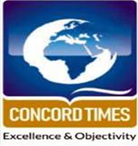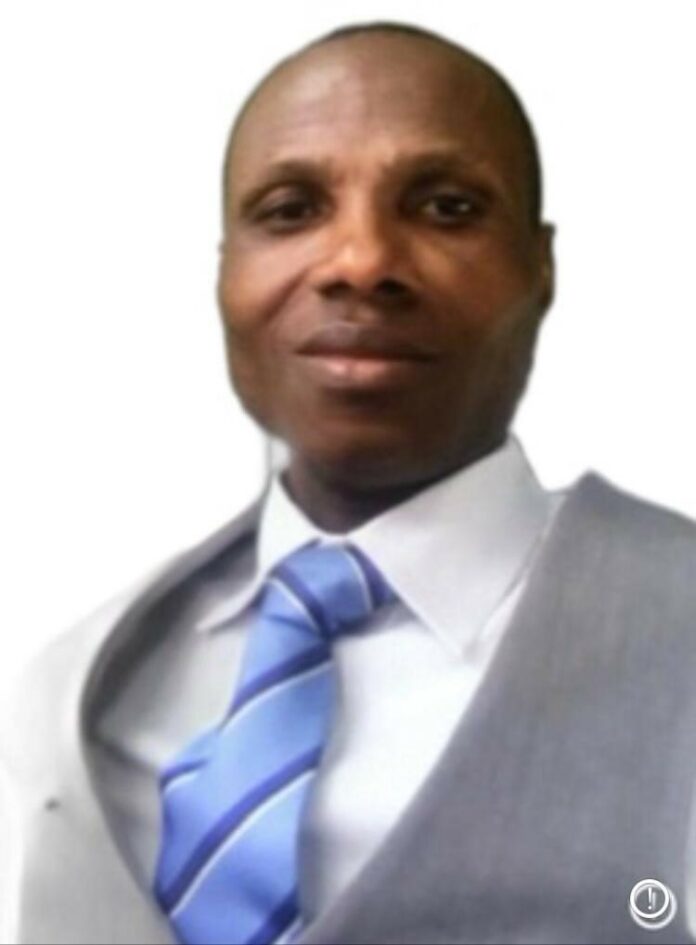Monetary and fiscal policies are the two most concede tools that are used to control a nation’s economic activity.
Monetary policy deals with the management and control of the quantity of money available in an economy and the instruments by which money is supplied or circulated within the economy, which is spearheaded by Bank of Sierra Leone.
The Bank of Sierra Leone oversees all monetary issues in the country and has control over the commercial banks as the state bank. BSL and the commercial banks are both key players in the money market.
The BSL Act of 2019, section 52, subsection 2 gives the bank the autonomous powers to formulate and implement policy issues in the nation.
The monetary tools the bank uses to cushion the economy are as follows:
Open Market Operations ;Section 55 subsection (1a) gives the bank the mandate to invest in financial market by buying and selling marketable securities with convenient rate either on spot or forward transaction . Open market operations are carried out on a daily basis when the bank buys and sells government bonds to either pump money into the economy or pull excess money in circulation.
Reserve Requirements: The banking oversight for commercial bank knows that commercial banks create money by giving out loans and Section 56, subsection 1, requires commercial banks to save 20% of their deposits both in domestic and foreign currencies in reserve.
The Bank of Sierra Leone directly influences the amount of money created when banks make loans using the credit model theory
Discount Rate: The bank can also earmark changes in discount rates which is the interest rate it charges on loans it gives out to financial institutions. This tool is intended to impact short-term interest rates across the entire economy. Interest rate is a crucial determinant in giving out loans and advance or ways and means. When interest rates are rising, both businesses and consumers will downsize on spending. This will cause earnings to fall and stock prices to drop. On the other hand, when interest rates have fallen significantly, consumers and businesses will increase spending, causing stock prices to hike.
Two major economic diseases that cripple the nations’ economies now are inflation and recession. Recession deals with a spongy Gross Domestic Product which has a significant impact on the rise of unemployment. Whilst inflation deals with persistent rise in the prices of cost of goods and services in a given period of time.
The current inflationary rate of the Sierra Leone economy is 47.42% reduced by 4.74% from 2023, better than the inflationary rate for economies like Zimbabwe (47.6%), Sudan (63.3%), Turkey (67.07%), Venezuela (75.9%), Lebanon (123%), Syria (140%) and Argentina (276%), which has the highest inflation rate in the world.
The reserve in the bank can also regulate the economy by employing the contractionary and the expansionary policies to address the microeconomics indicators such unemployment, trade, consumer spending and currency depending on the level of growth or stagnation in the economy.
The rate of inflation is one of the economic threats that draw the attention of both the bank and government to set monetary policy.
The contractionary policy is implemented by increasing interest rates and limiting the outstanding money supply to decrease inflation, in the case where prices of goods and services in the economy are sky rocketing which will have an effect on reducing the purchasing power of money.
To stimulate growth and to decline economic activities, the expansionary policy comes into force. Expansionary monetary policies have limited effects on growth by increasing asset prices and lowering the costs of borrowing, making companies more profitable.
On the contrary, fiscal policy refers to the economic measures government takes in order to influence the direction of the economy either in an inflationary or deflationary period.
This brings about encouraging or restricting spending by businesses and consumers, fiscal agent aims to target the total level of spending, the total composition of spending, or both in an economy.
The fiscal policy addresses government’s two main activities ie it spending and taxation policies.
Adhering to its spending regulations, expenses can be incurred once it knows that there not much enough business activities in the economy. The process by doing so is called stimulus
It can borrow money by issuing debt securities such as government bonds if there are not enough tax collection to pay for the spending increases. Once this occurs the government accumulates debt which is also known as operating on a deficit budget.
The taxation system in Sierra Leone is based on three types ie, Income Tax, Sales Tax and Trade Tax, which is facilitated by the National Revenue Authority (NRA) in helping government agenda in revenue mobilization. When government wants to reduce the excess of money within the economy, it applies the taxation policy. By increasing taxes, government pulls money out of the economy which affects business activities and in return the tax burden is being issued to the consumers.
Other financial tools that the government uses to influence the aggregate demand of the economy and also the total output of the economy are the contractionary and expansionary policies
The contractionary tool is said to be in action when the government reduces spending and increases the taxes at the same time in the country.
The result of such a move is that there is very less money available in the market. It leads to reduction in the purchasing power which results in declining consumption, as less capital is available for business, the economy contracts and also causes unemployment rate to increase
Once the economy contract for a particular period, it can also be expanded by government increases the spending and lowers tax rates for boosting economic growth. This increases consumption as there is a rise in purchasing power. Businesses get easy access to credit and explore new investment and the gross domestic product of the nation also flourishes.
The Sierra Leone economy can be stable and has the tendency to ameliorate because the monetary and fiscal agents have the financial and economic indicators within their controls.
The distinct roles played by monetary agent who seeks to spark economic activities, and fiscal agent who addresses either total spending and total composition of spending, shows that these two bodies can improve the Sierra Leone economy and make it boom once they administered their objectives in oneness but once they disagree on administrative and economic policies the economy remain difficult for sierra Leoneans.





